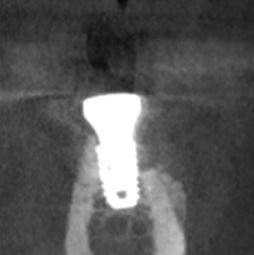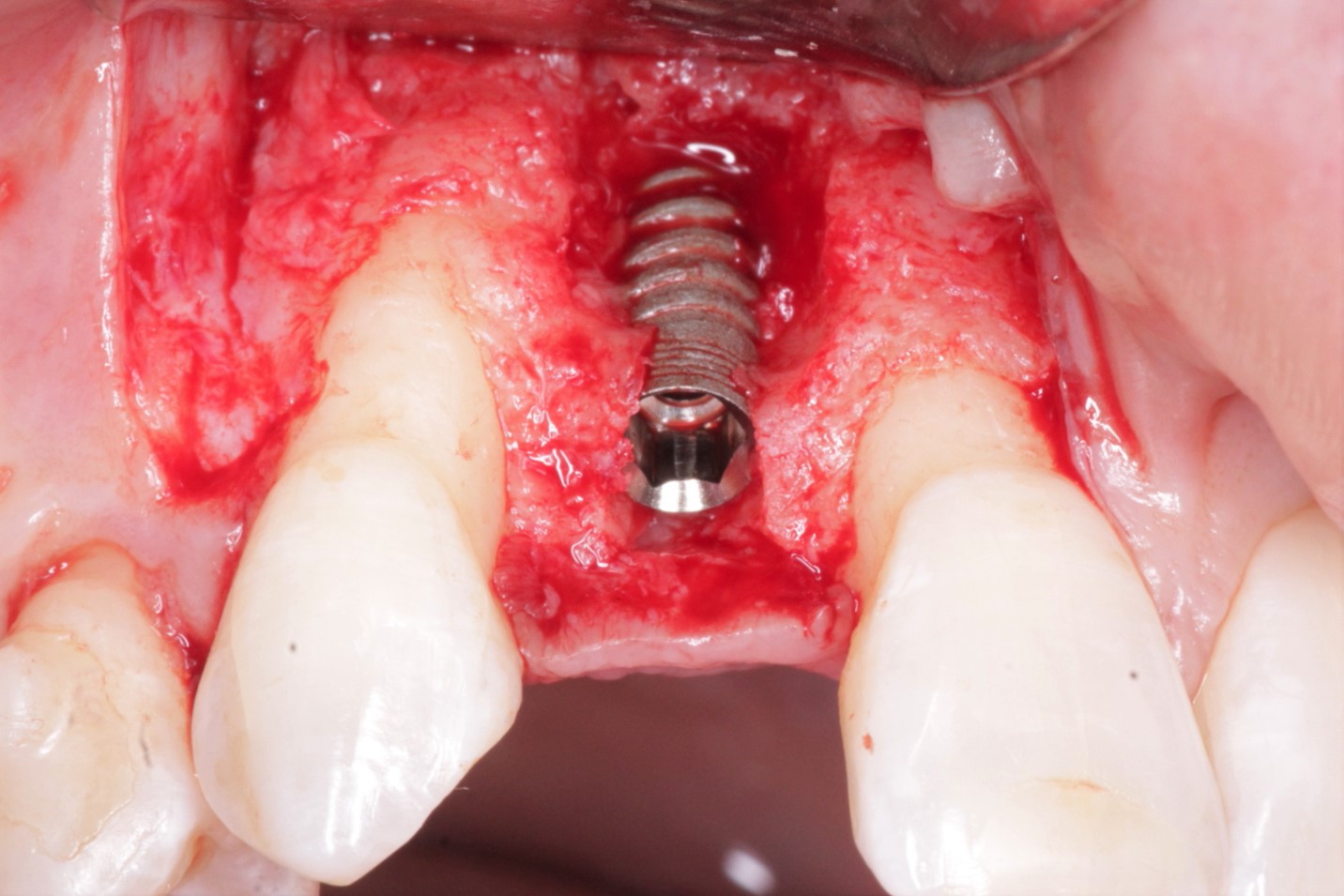What is the best technique to graft a canine?
In this series of two videos, Dr. Simon talks about a case where there is a recession for an upper canine. He discusses the two main techniques, CTG (connective tissue graft) or Tunneling Graft, used to address gingival recession. In the 2nd video, Dr. Simon specifically addresses the incision outline for the CTG.
Part I
**Part II** ### About Ziv Simon, DMD, MScDr. Simon practice is limited to periodontics and dental implant in Beverly Hills, CA. He obtained his dental degree and Bachelor of Medical Sciences degree from Tel Aviv University, where he held a teaching position in the Department of prosthodontics. He received his periodontal graduate degree from the University of Toronto with a Master of Science degree in Periodontology. He is a Diplomate of the American Board of Periodontology and a Fellow of the Royal College of Dentists of Canada in the specialty of periodontics. Dr. Simon is the president of the Beverly Hills Academy of Dentistry and the founder of the Multidisciplinary Dental Study Group of Beverly Hills. Dr. Simon teaches at the University of Southern California and lectures nationally and internationally on esthetic soft tissue procedures, computer guided implant surgery and tissue reconstruction. Dr. Simon is the creator of SurgicalMaster TM , a surgical training program for dentists.

















